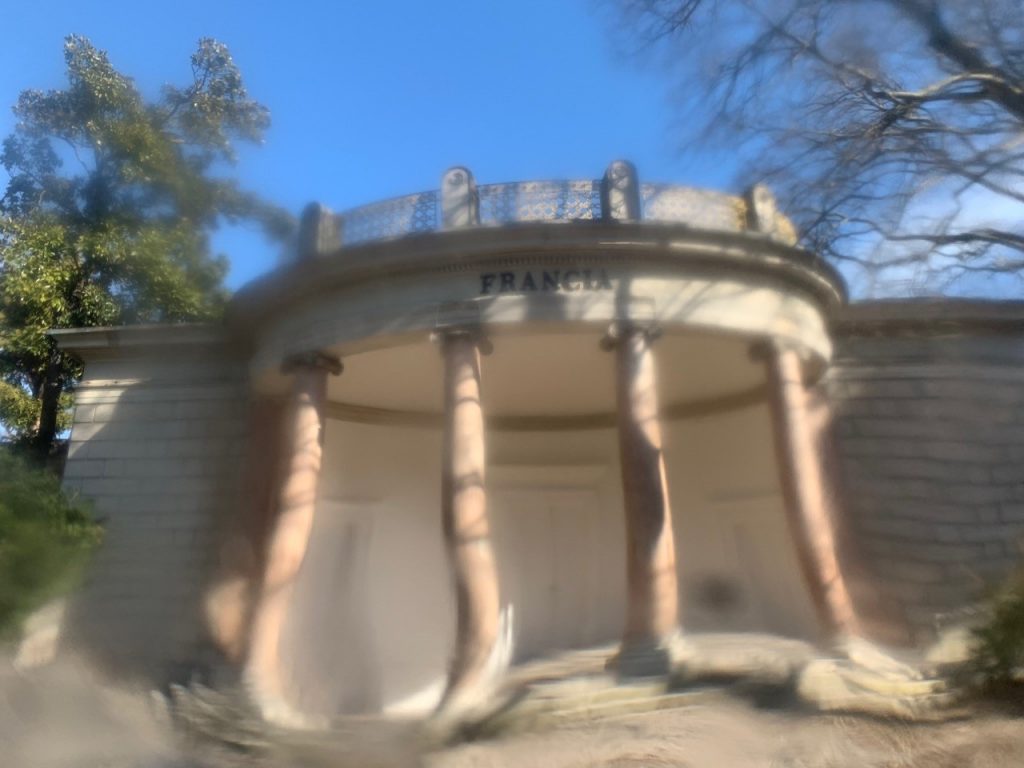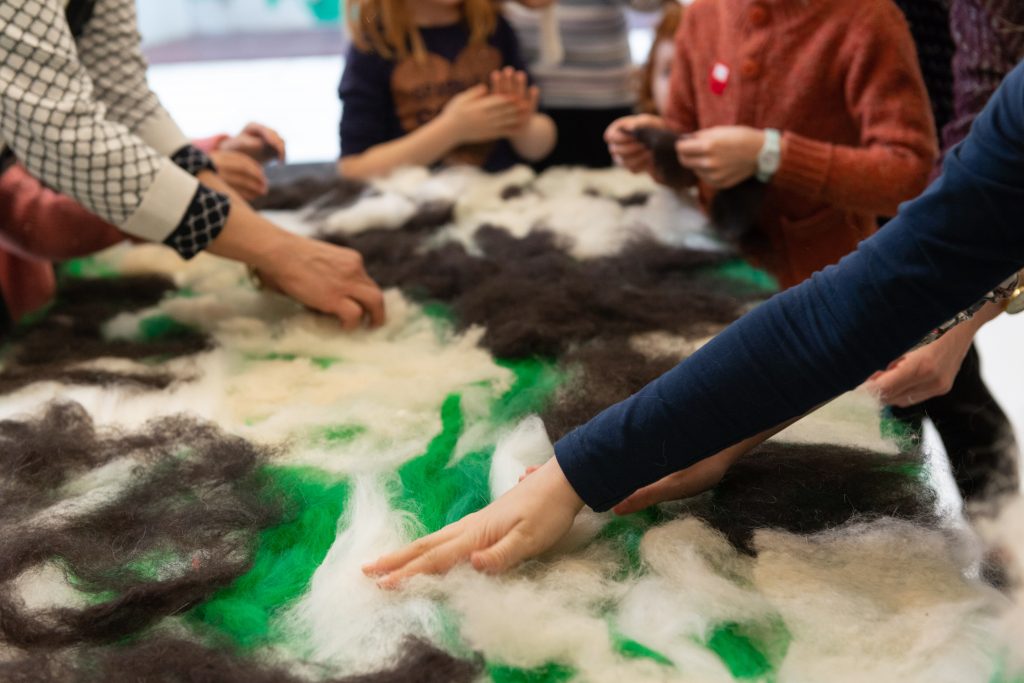Concept
Under the title of Our Other Us, The 2021 edition of the Art Encounters Biennial will focus on the various types of cohabitation that we can project, apprehend and put into practice nowadays, while simultaneously concentrating on the transformations and drifts that influence the act of self-perception, be it individual or collective. This year’s Biennial is heavily influenced by the reflections and the projections that we all build in relation to ourselves and the Other, to boundaries and distances, to proximities and contacts, to the inward and the outward, and contemporary art is the most faithful reflection of all these dynamics. The Biennial will comprise a range of distinct components that will complement two curatorial projects proposed by Mihnea Mircan and Kasia Redzisz and will strengthen the collaborations and institutional partnerships that have been built over the past few years, enriching them with new sources of support and dialogue.
MIHNEA MIRCAN, Landscape in a Convex Mirror:

“The exhibition brings together forms and figures – elongated, compressed or distorted, blurred or vertiginous – of distance, perspectival axes redrawn around elusive objects or mobile targets, crash zooms and panoramas, editing these into telescopic relations to one another, into a syntax of blow-ups and blindspots. Indirectly, and perhaps allegorically, a dynamic grid of viewpoints and vanishing points, charting the trajectory of a figure that falls or drifts in a perpetually disturbed rapport to its ground, might correspond to another network of widening gaps and fractured societal tethers, immunological barriers and toxic confinements.
Referencing Parmigianino’s 1524 Self-Portrait in a Convex Mirror, where anamorphosis fills the representational field with the magnification of the authorial self, as well as the black mirror reflectoscopes often employed by landscape painters of the 18th and 19th centuries, the title of the project converges the image, vacant and warped, of a ground without figure and the counter-gazes cast upon it or the prosthetic technologies that might capture and multiply, calculate and diffract its reflections. Astray, in world-less suspension or bottomless, precipitous descent, engulfed by its ground or otherwise removed from the positions of visual mastery that would secure its capacity to act upon its environments, the ‘figure’, the echoes and flickers of its passage, occurs in a variety of ‘landscapes’, from endangered biotopes to abstract expanses of data, from dreamscapes to spaces of politicized domesticity, from growing fissures in historical narratives to perpetuated crises and congealed anachronisms. Its own viewpoint forms at the places when the vertigo of the world seems to collide – and cohere – with the spiraling lines that drive the transformation of the self.”
KASIA REDZISZ, How to Be Together:

“The concept of the exhibition is rooted in the city of Timisoara as an industrial, academic and artistic centre, home to diverse communities. Drawing inspiration from local neo-avant-garde practices, my proposal for the biennial looks at our relationship to nature and to each other. Invited participants explore notions of collectivity, social responsibility and sustainability in all aspects of artistic production and our lives.
How to Be Together consists of two exhibitions: a regional historical survey investigating the relationship between artists and nature and its contemporary counterpart. Together these shows will present proposals for meaningful co-existence in the world, not a simple critique of our moment, but a stimulating reflection on our possible futures.”







